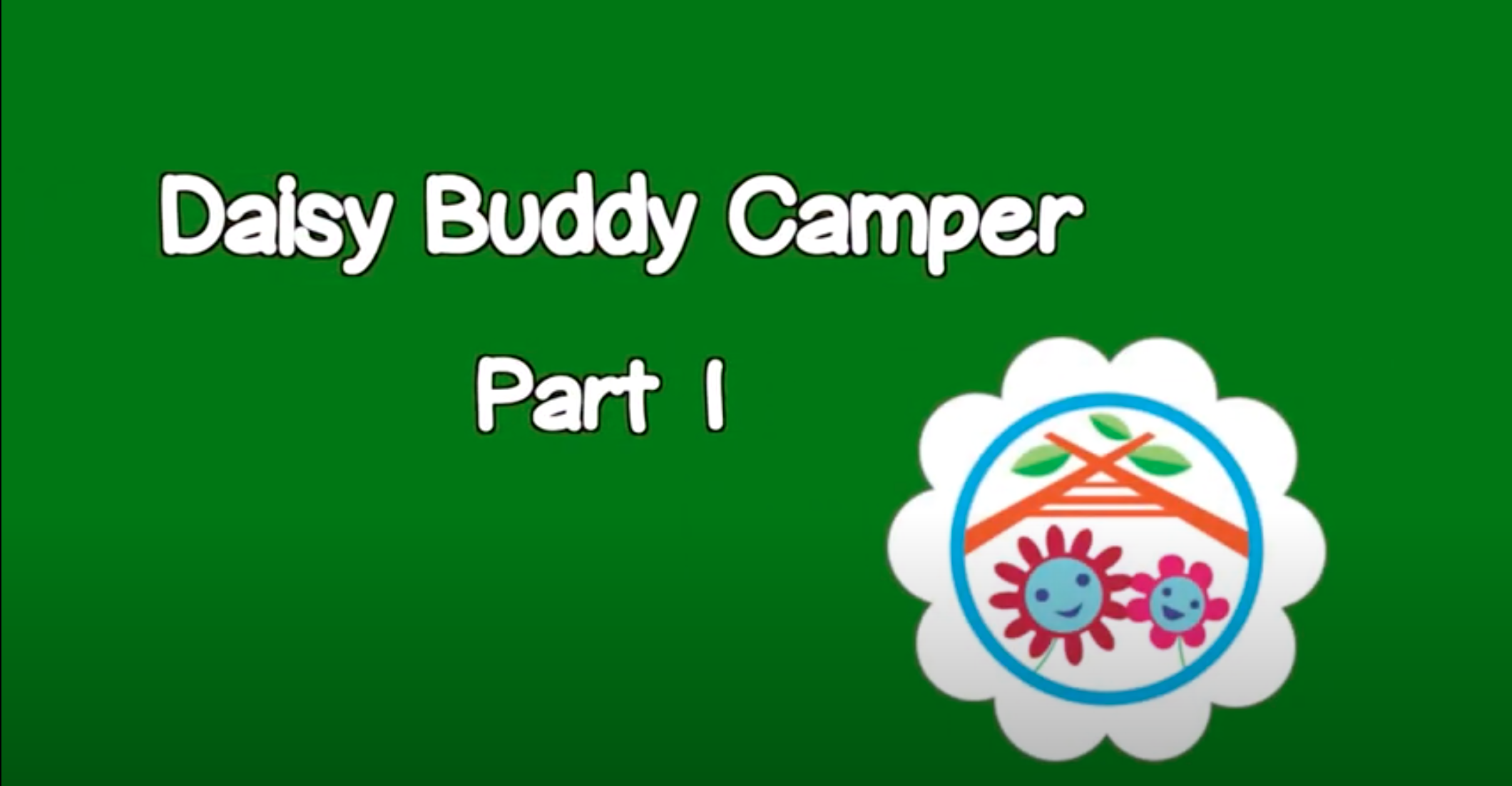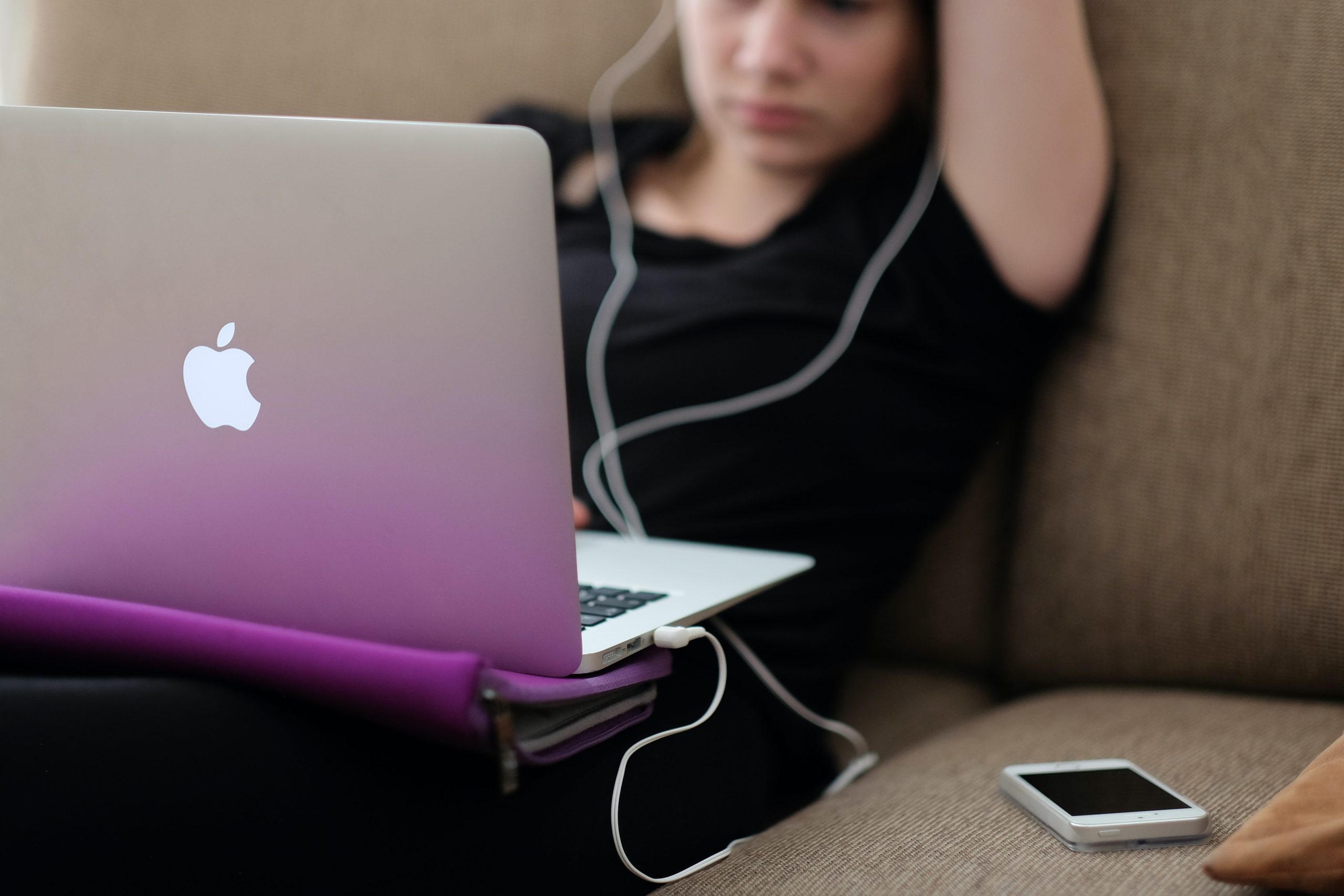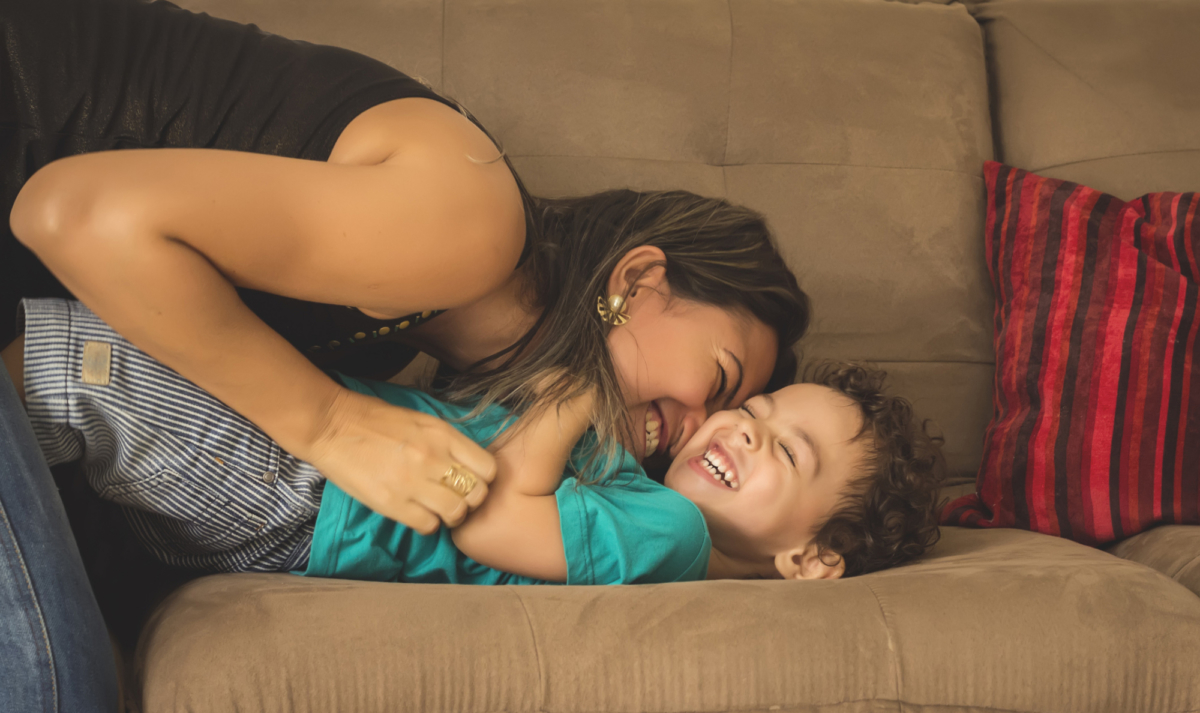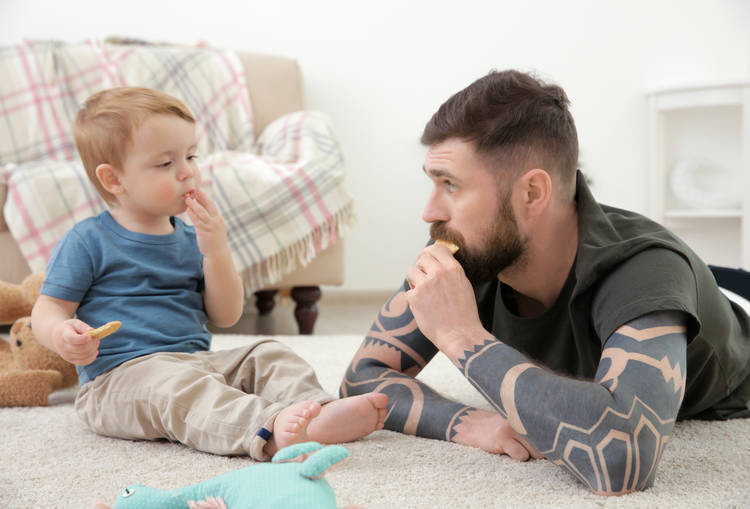 Activities for Kids
Activities for Kids
Episode 13 – Girl Scouts Give Back: Letter-Writing Service…
Podcast: Play in new window | Download
Subscribe: RSS
Greetings Girl Scouts! Thanks for joining us back for another podcast episode, with a few updates for you. There are three main topics in today’s episode:
- Website updates and resources for you
- G.I.R.L. 2020 and National Council Session
- Girl Scouts Gives Back: Letter-Writing Service Project
First, the quick announcements before we dive into the new national service project:
Website updates and resources:
We’ve rearranged the content at www.allthingsgirlscouts.com. You can still see all the latest and best articles and resources on the homepage, but we’ve updated the tabs so it’s easy to find what you need, including:
G.I.R.L. 2020 and National Council Session
GSUSA recently released a detailed blog post, explaining that the National Board voted to hold a one-time virtual session for our 55th National Council Session in October 2020. The board also voted to cancel G.I.R.L. 2020, including the Global Roundtable.
The board discussed various options and decided this was the best way to enable the business of Girl Scouting to continue in a timely manner and honor the significant business that was brought to the National Council, including four proposals initiated by councils and two that were co-created by councils and recommended to the board, as well as the business of electing the new board. GSUSA will be leveraging councils’ learnings, as more than half have already held/decided to hold their annual meetings virtually this year.
See more in the original post and the FAQ.
Girl Scouts Give Back: Letter-Writing Service Project
The idea is simple: girls write letters to people in nursing homes, senior residences, and assisted living facilities, including the dedicated staff and caregivers. This long-distance hug is a way to share your good thoughts with these vulnerable and loved community members. Get all the details in your inbox, by clicking here.
- Ask your girls (and their friends!) to write letters to senior and caretakers using our tips.
- You can mail letters to one of the partner facilities or reach out to a local assisted living center and find out how they would like to receive your troop’s letters. You could collect and deliver them (using no-contact practices), have girls mail them individually, or even deliver them via email. Don’t forget to include a note to tell the staff about the letters you’re sending.
- Take a picture of your letter packet and post it to your social media networks using #GirlScoutsGiveBack (and be sure to tag us @girlscouts).
- Don’t forget to come back here and log the number of letters to add them to the national campaign! Let’s see how many letters of love and care our Movement can send!
- If you wish to recognize your troop’s participation with a patch, we recommend this community service patch.
-
Tell us how many letters you sent! Log your letters here, when you’re finished.








